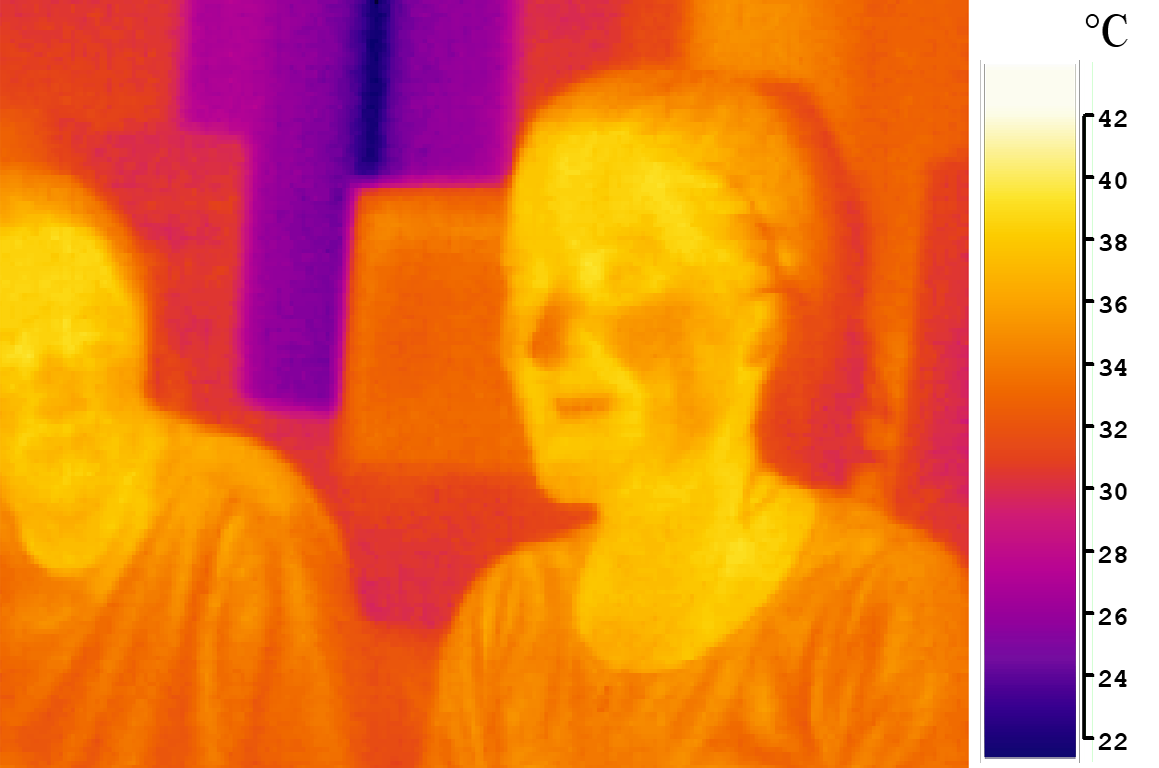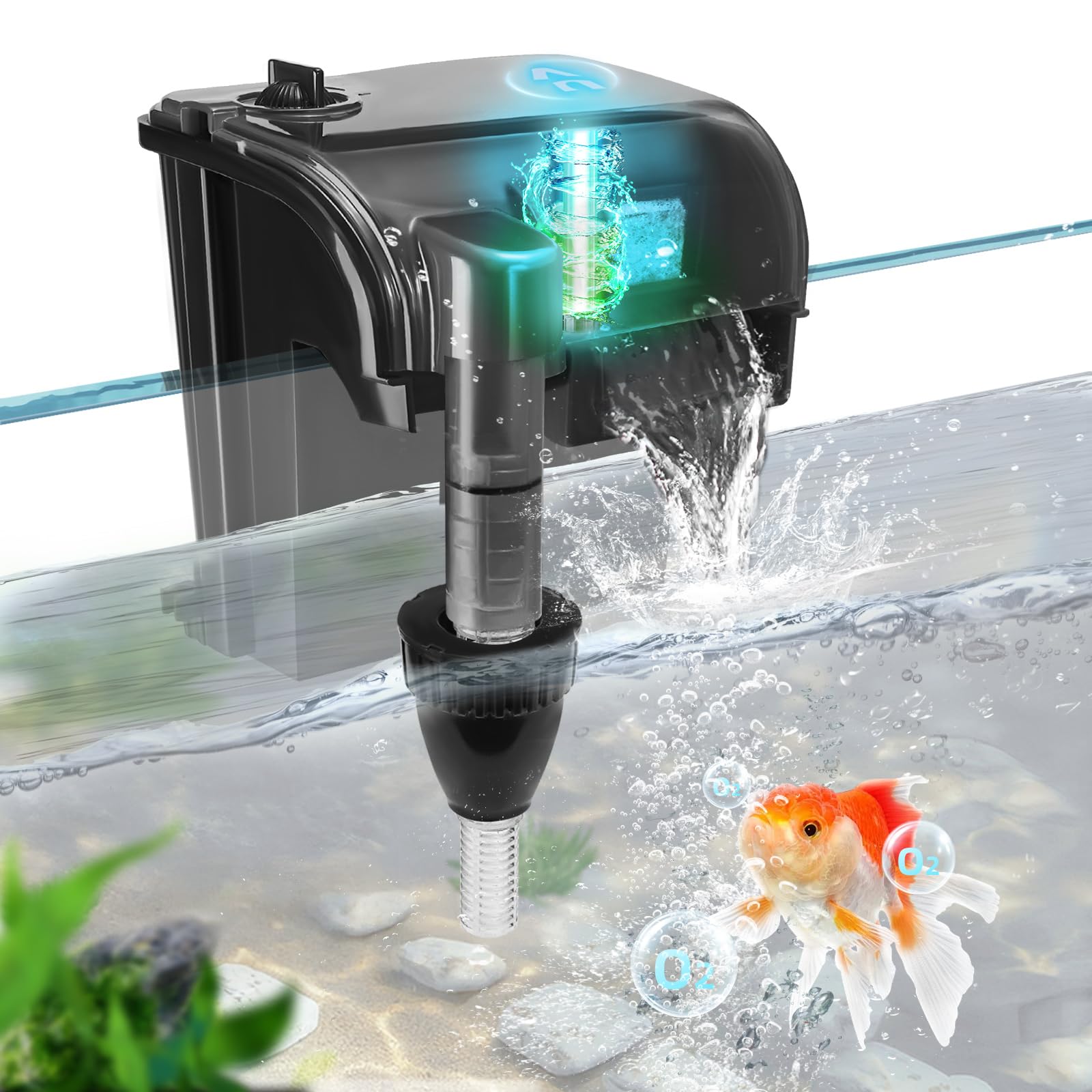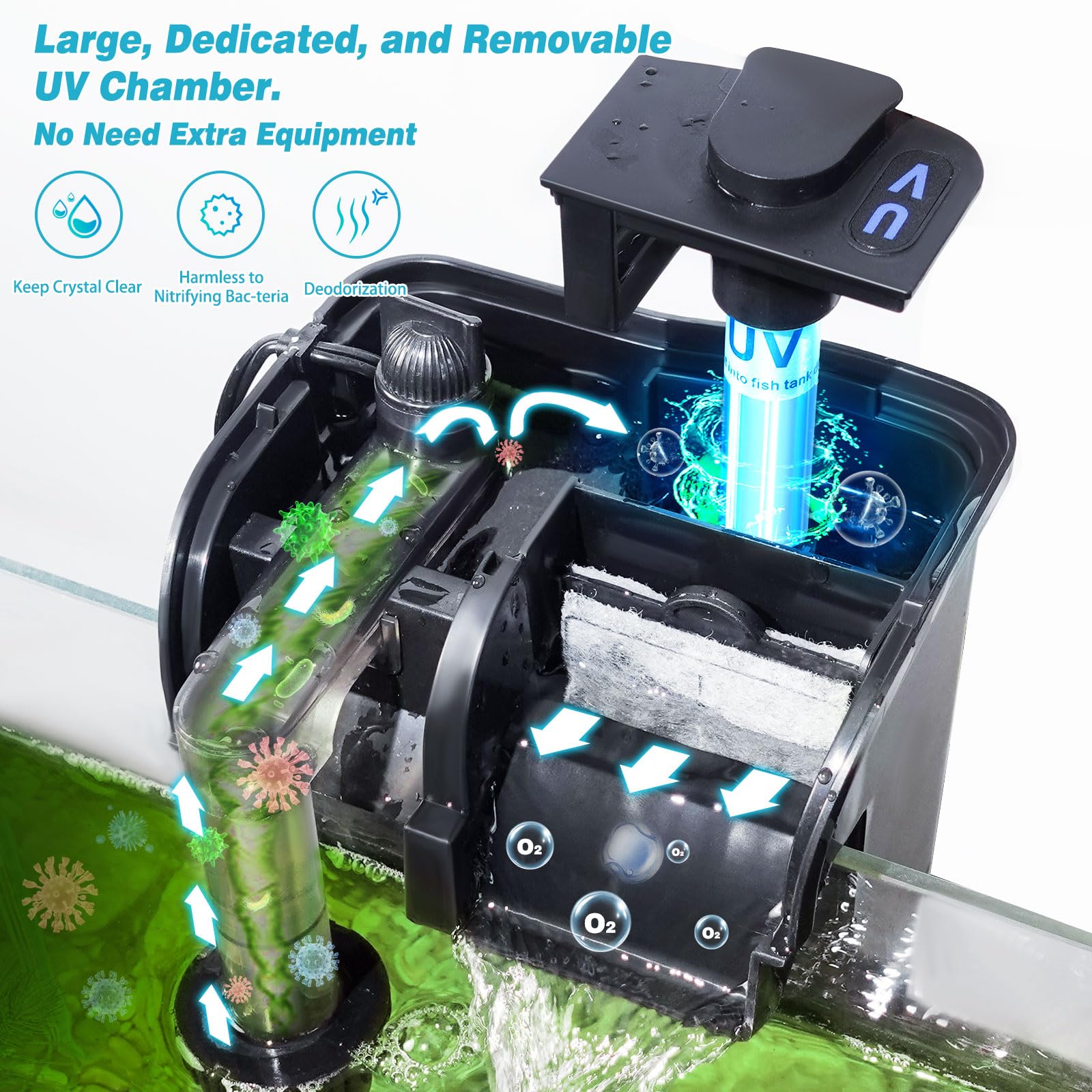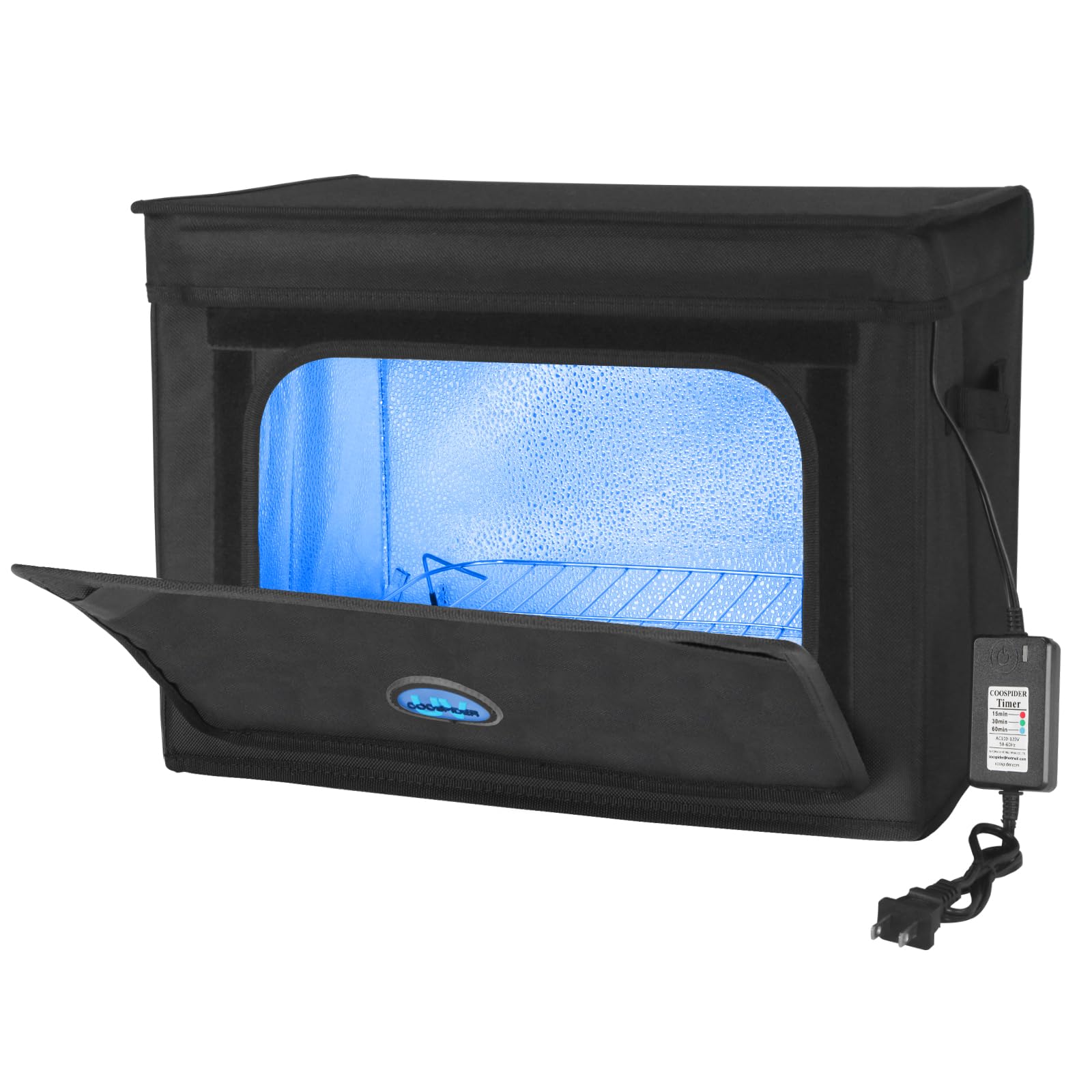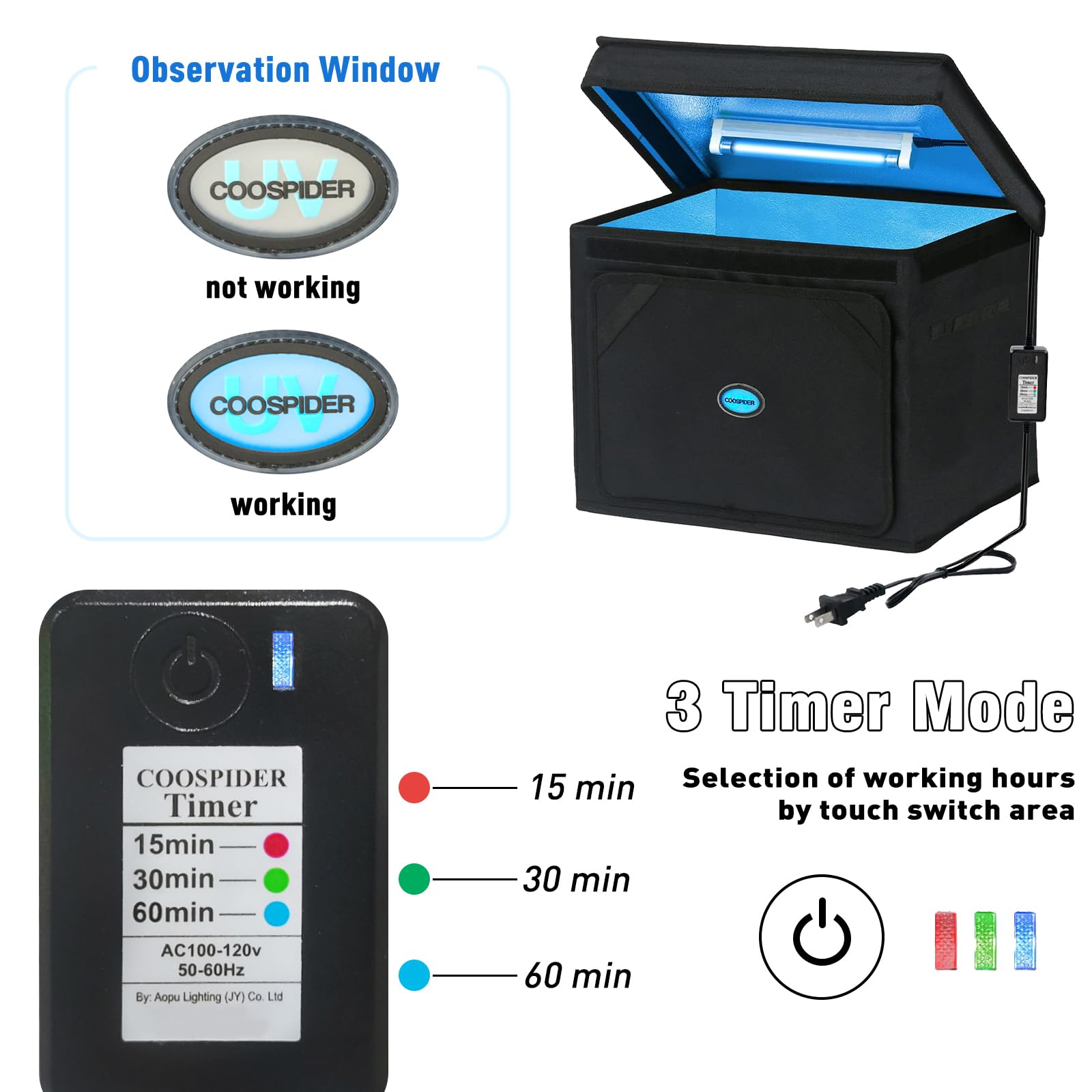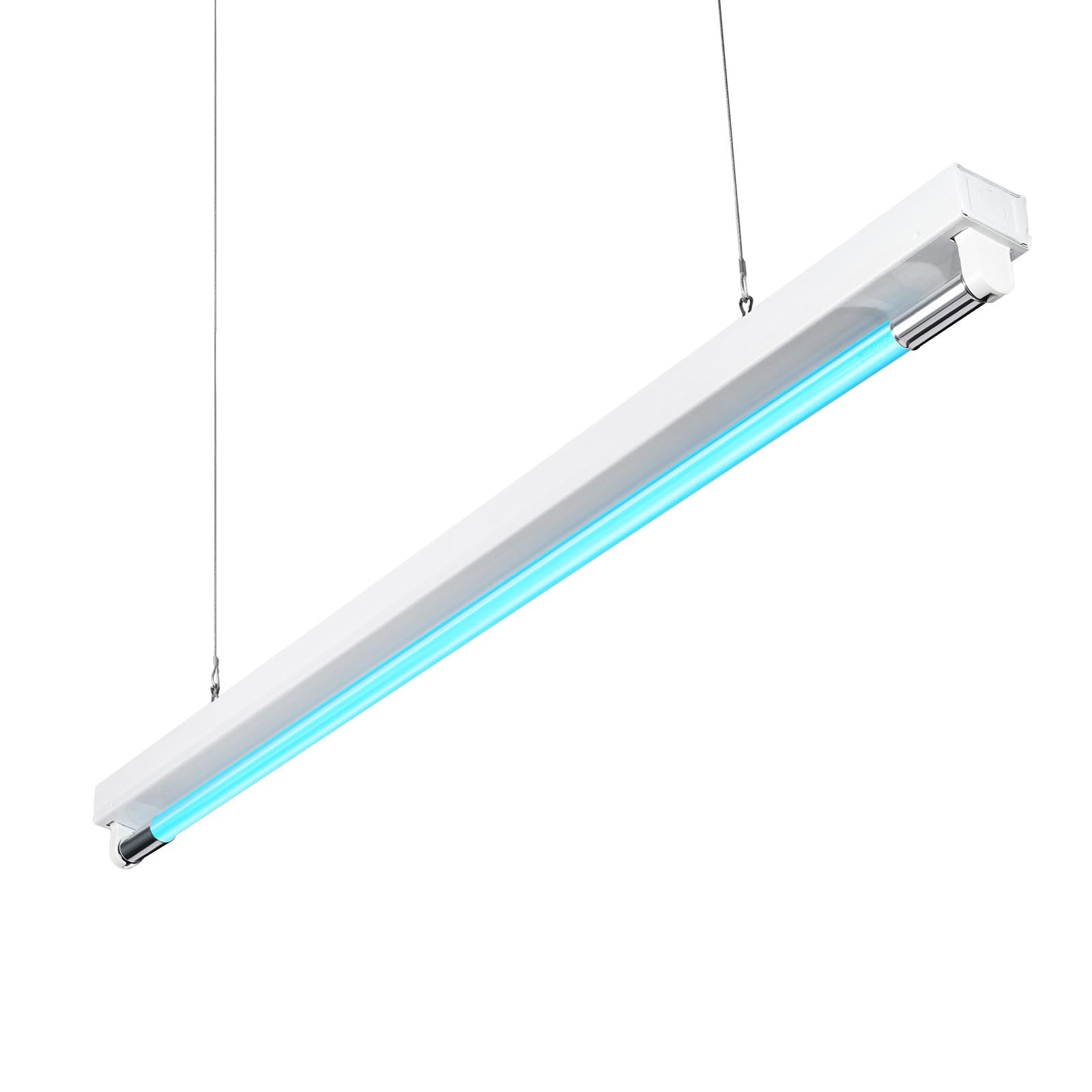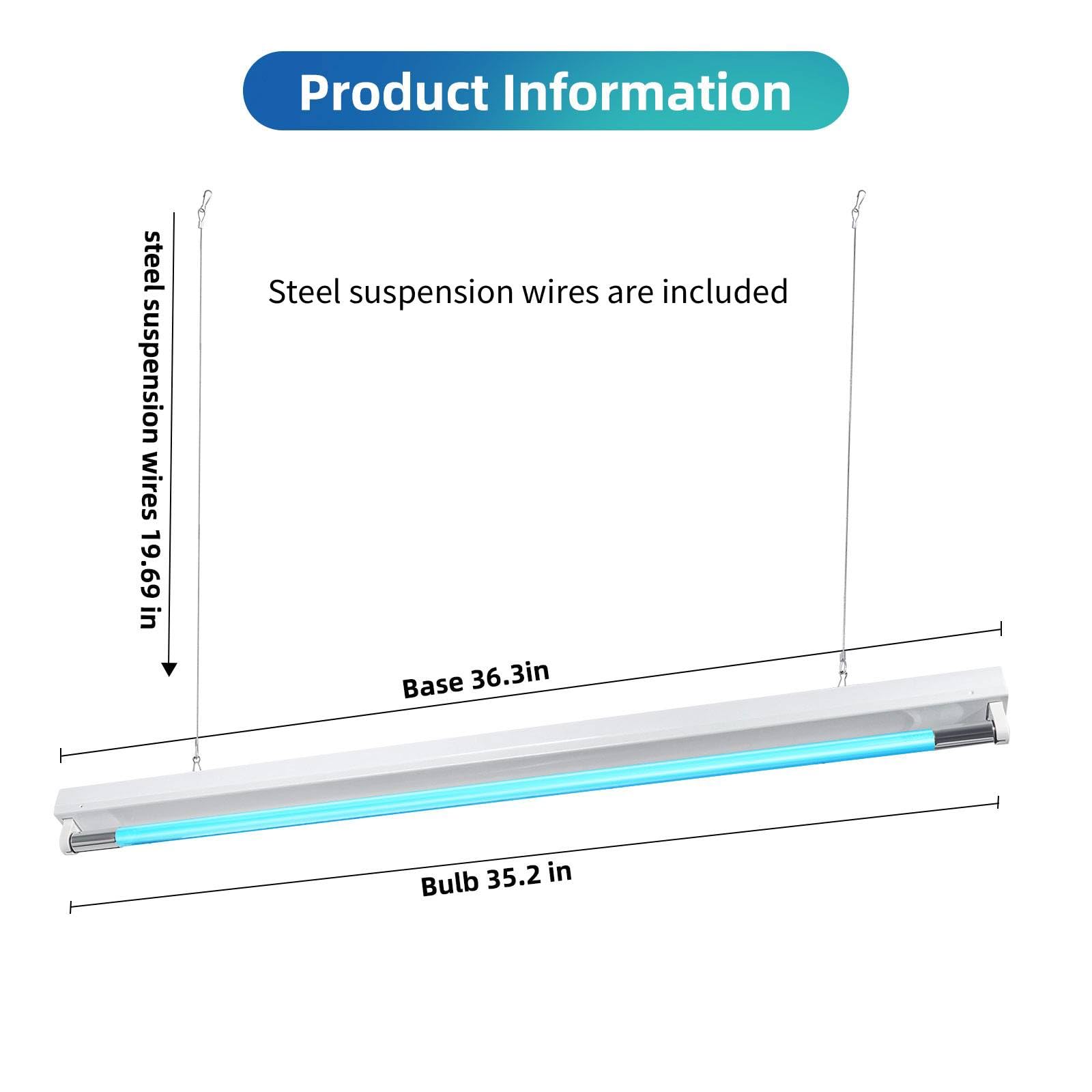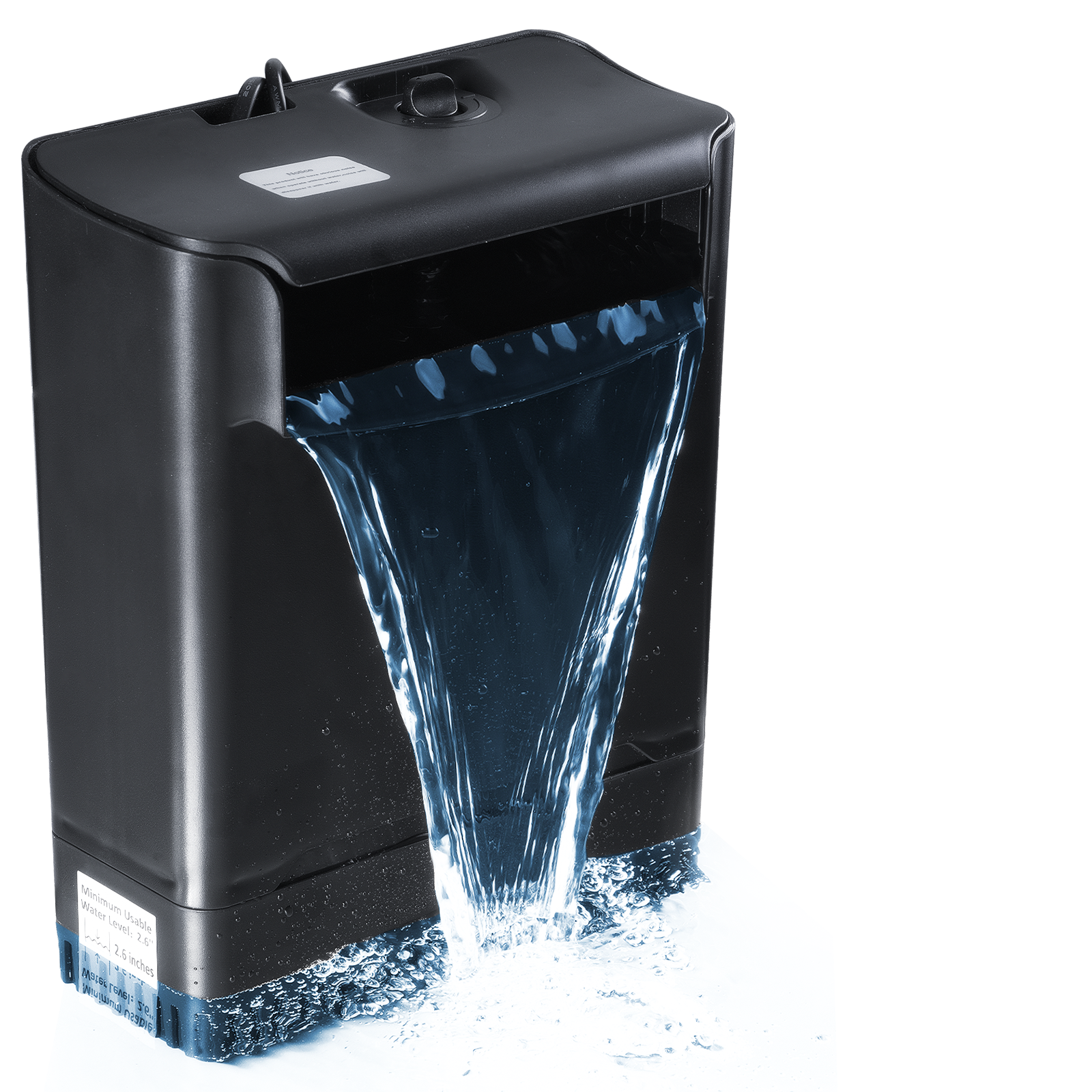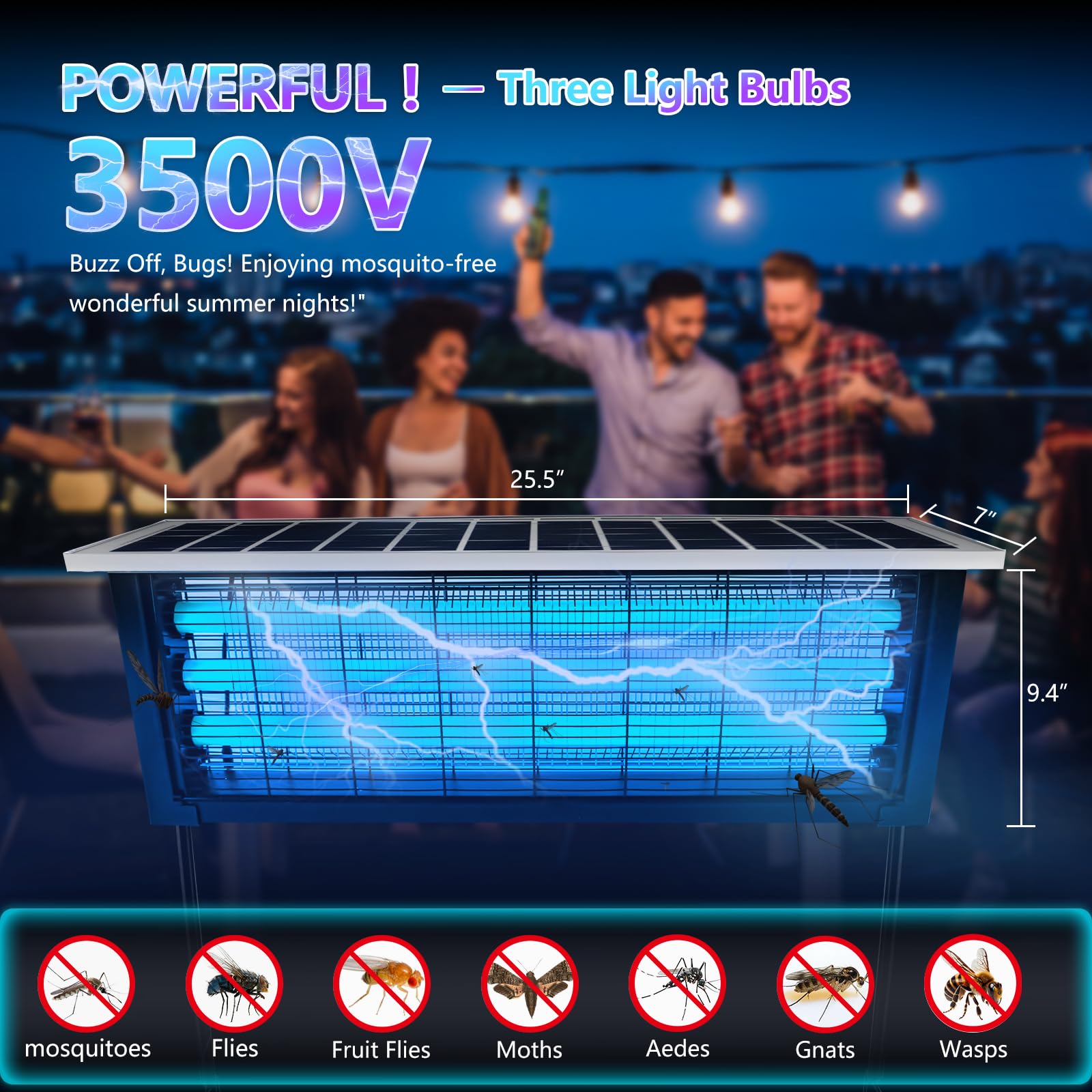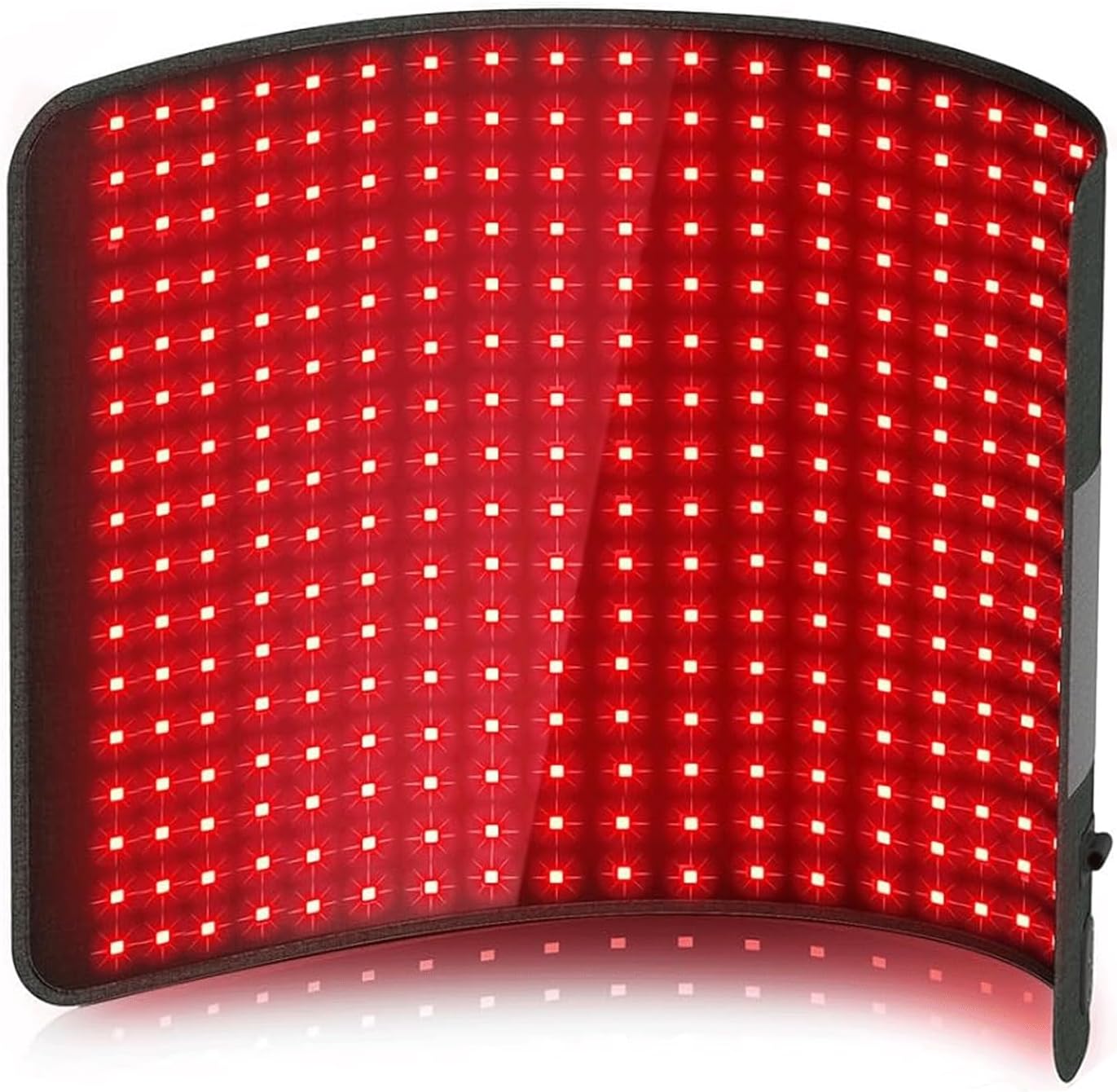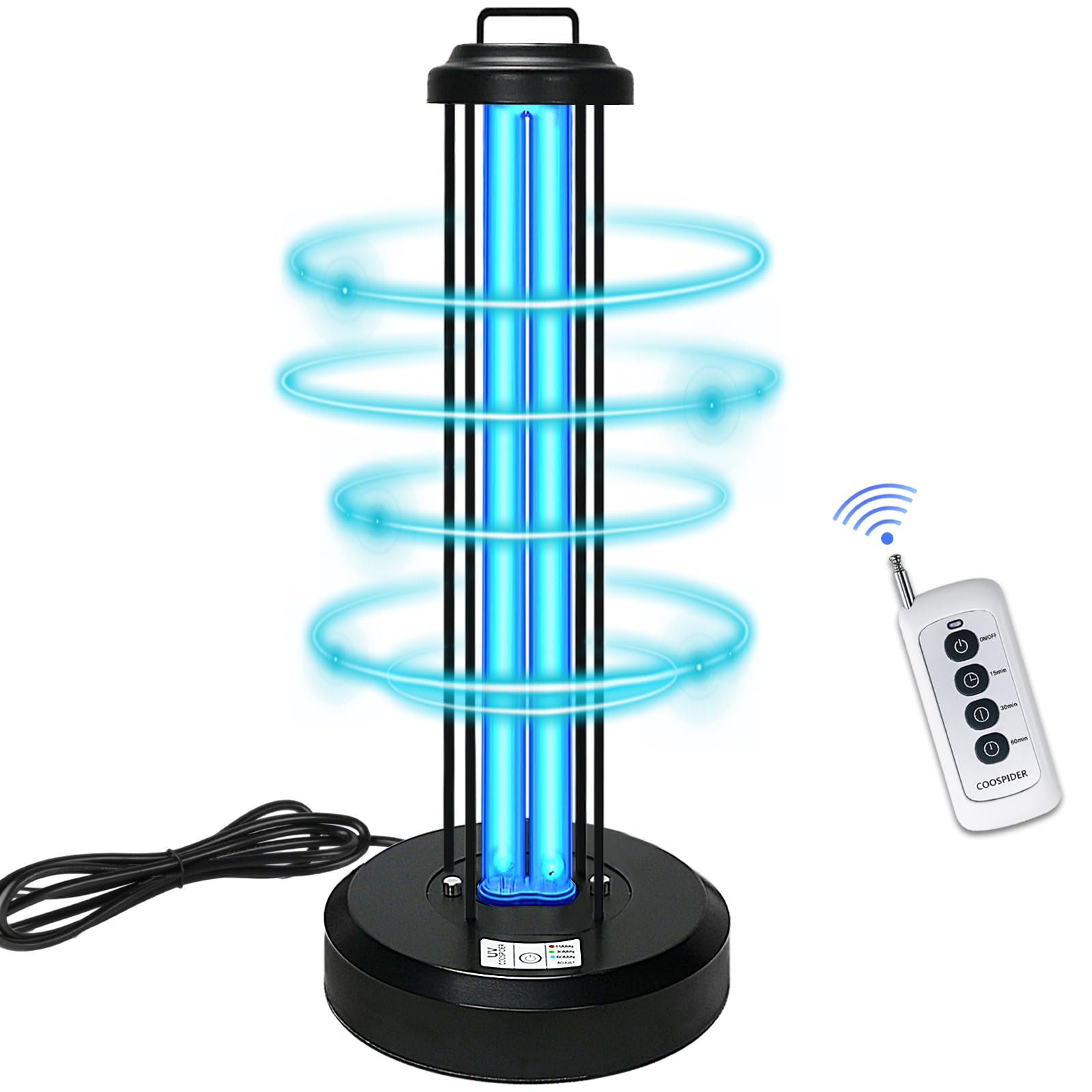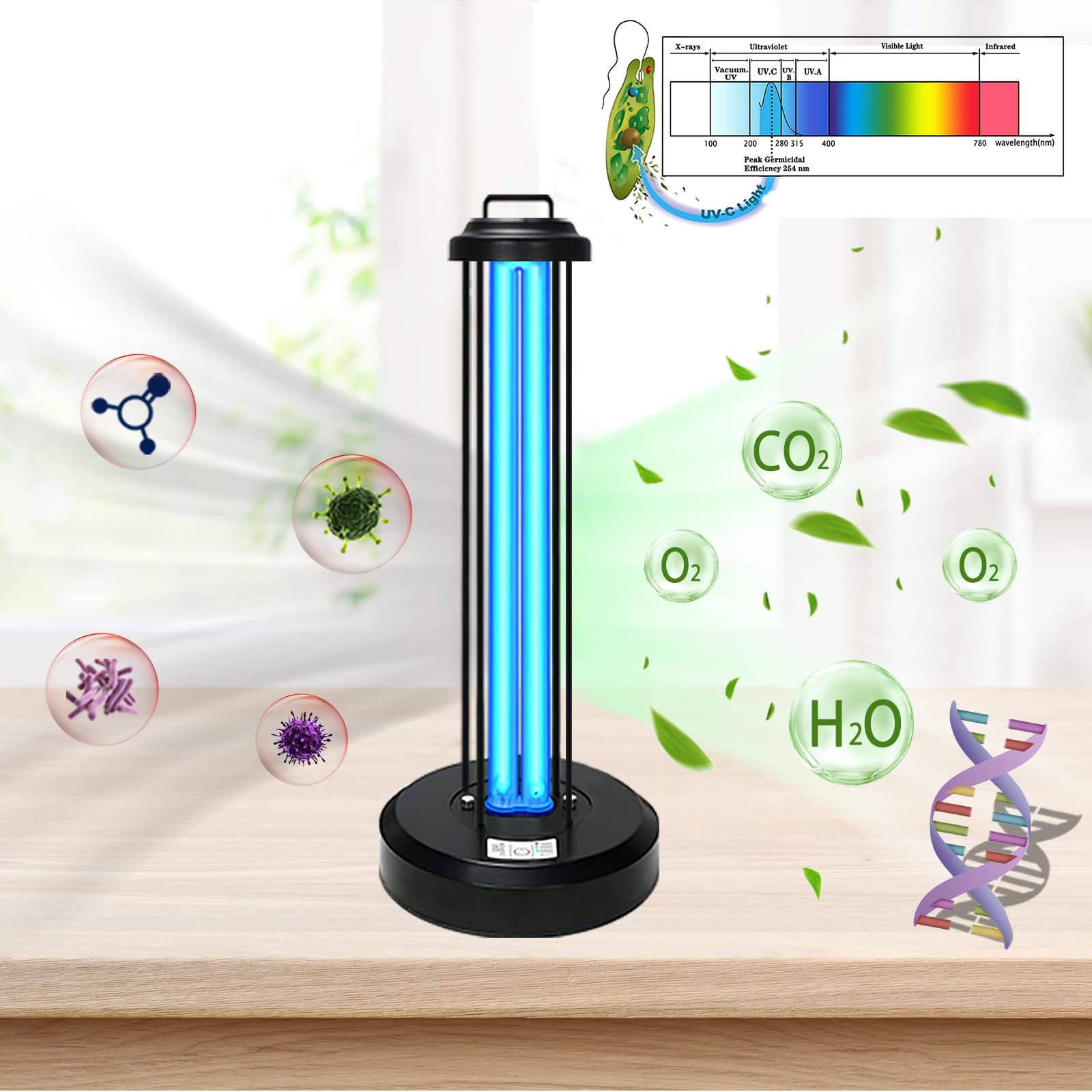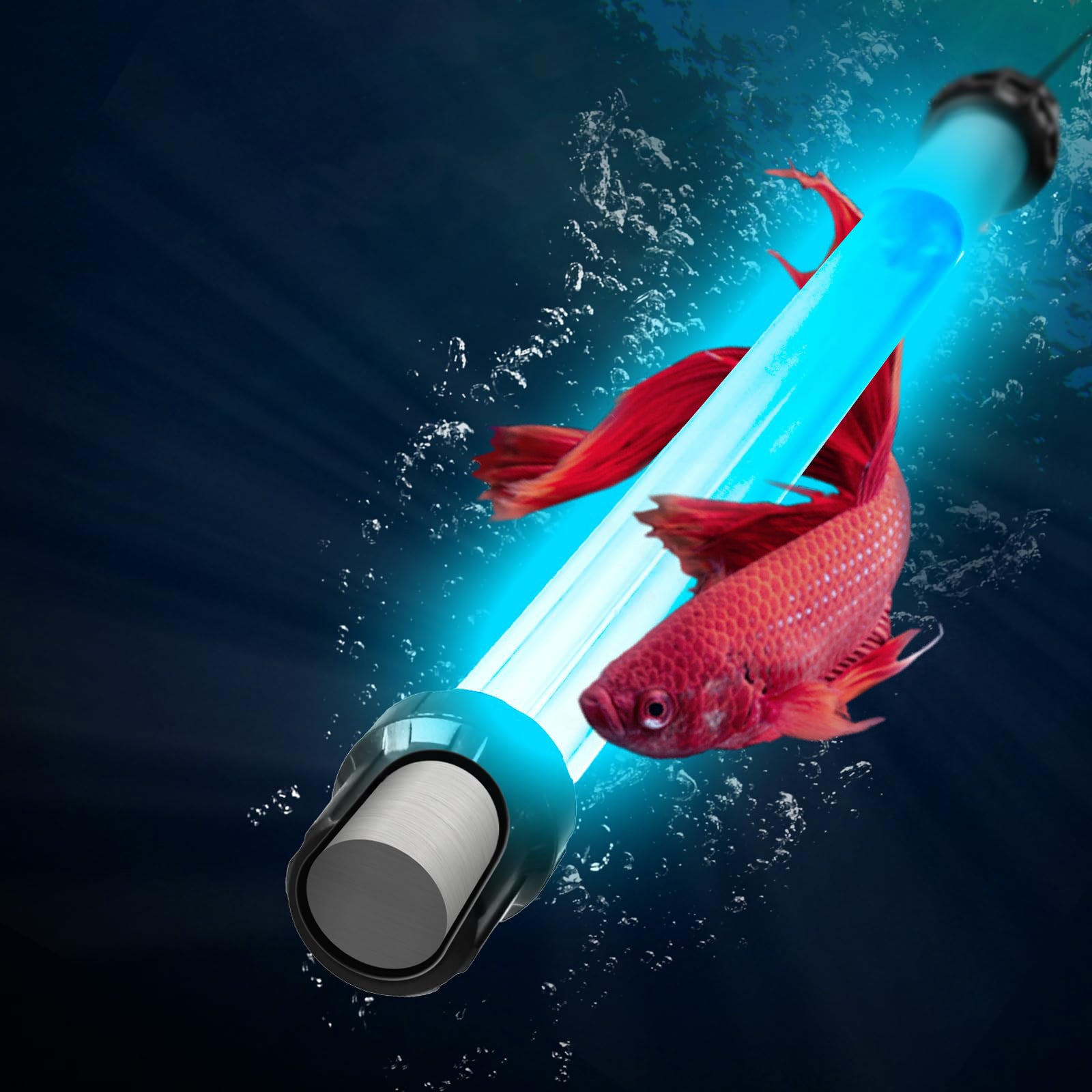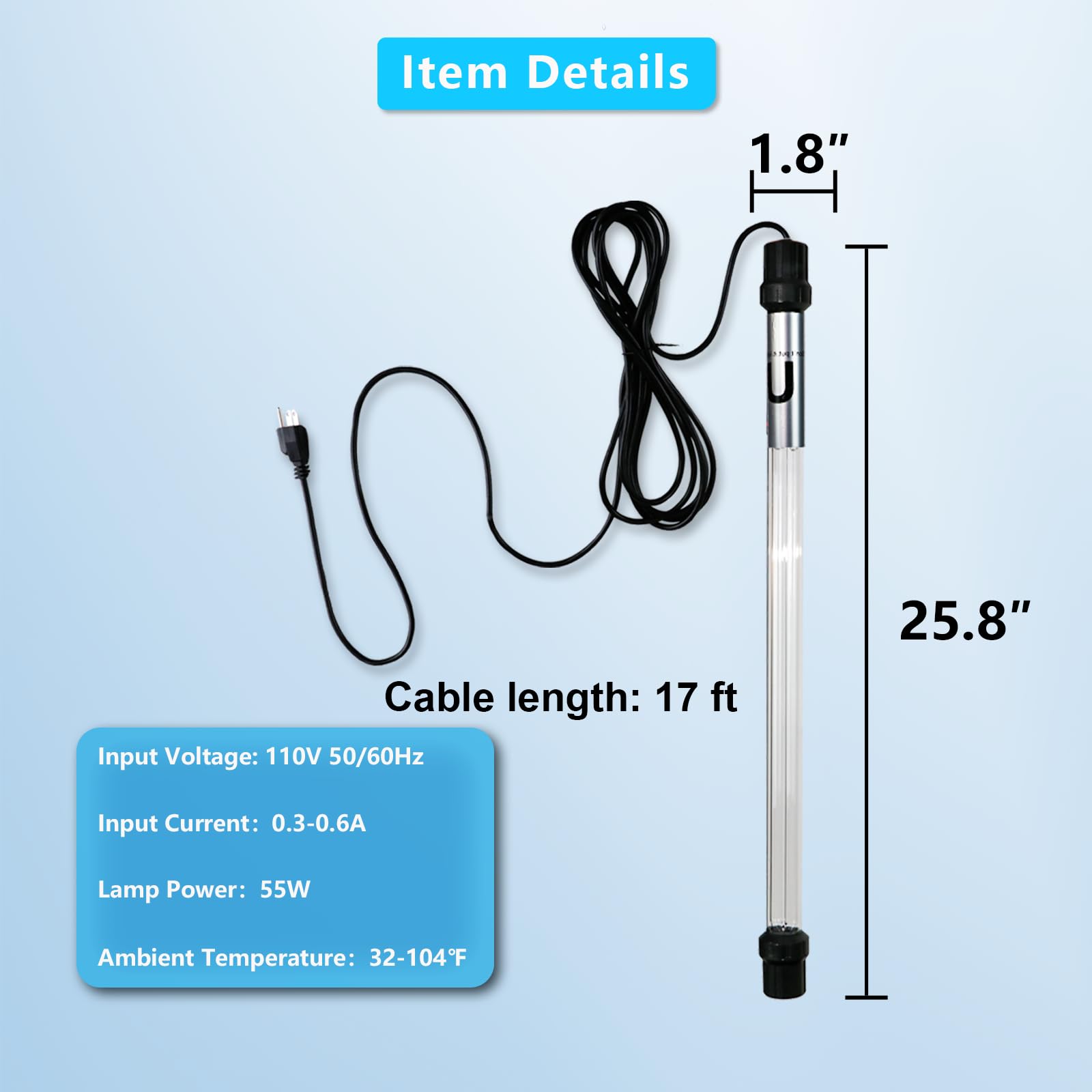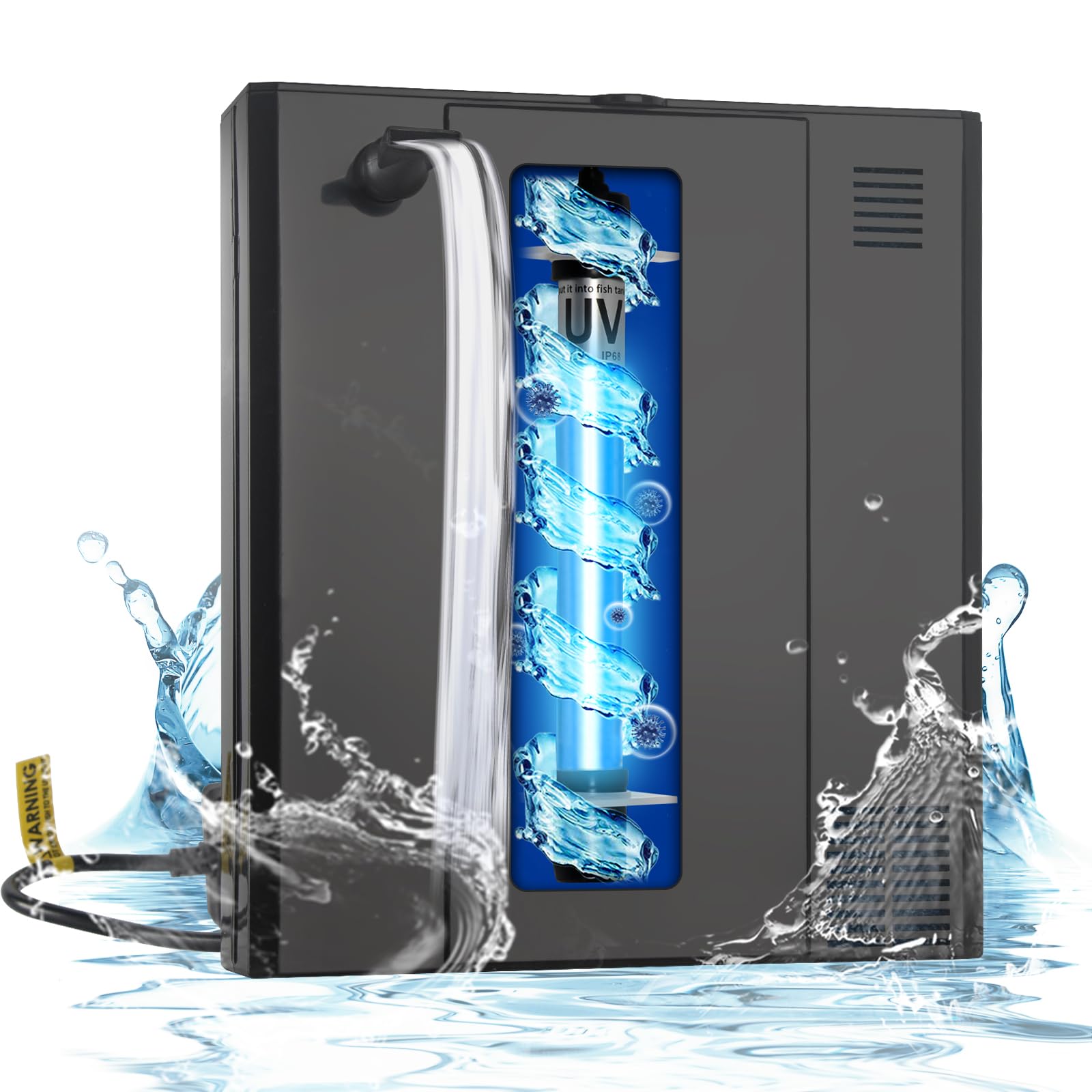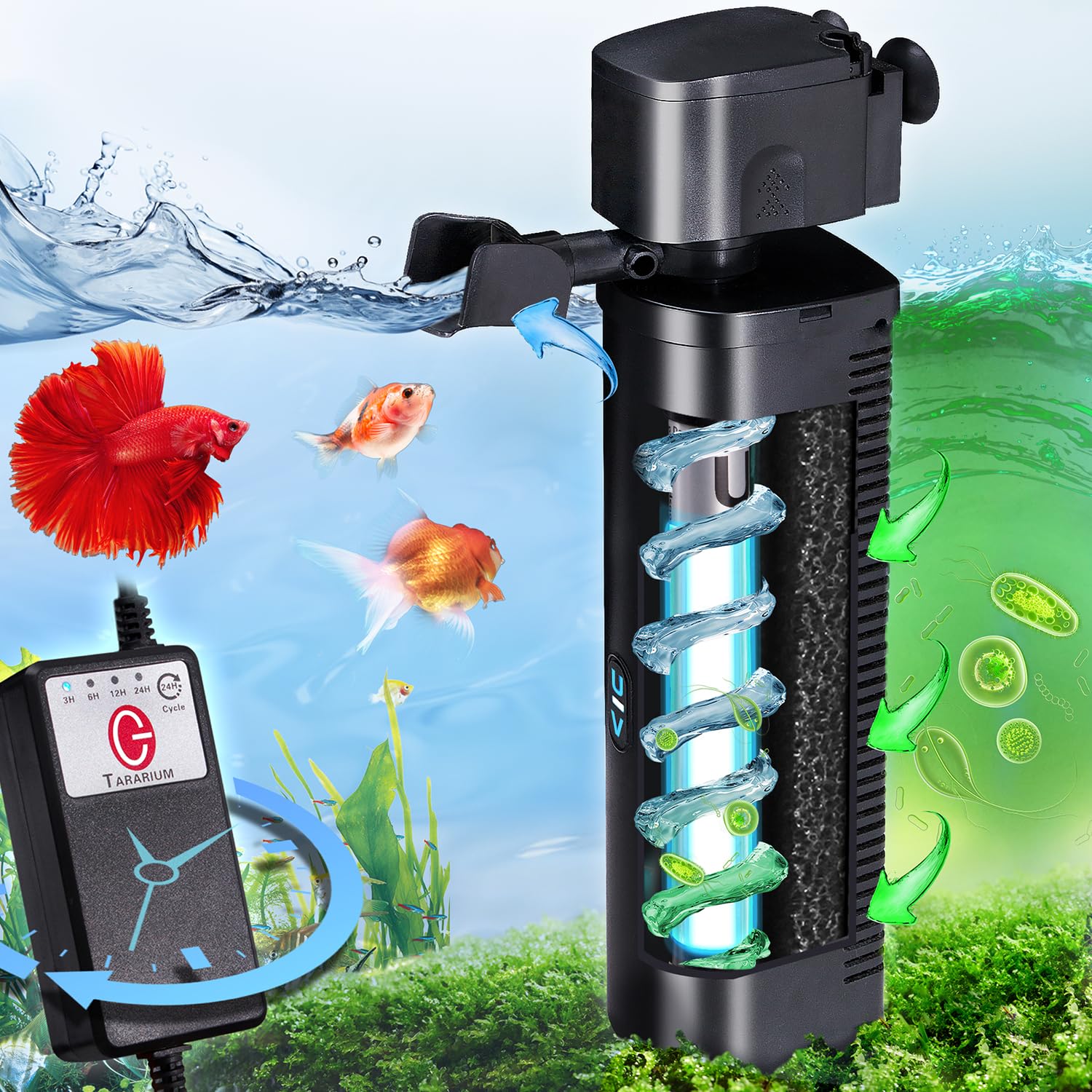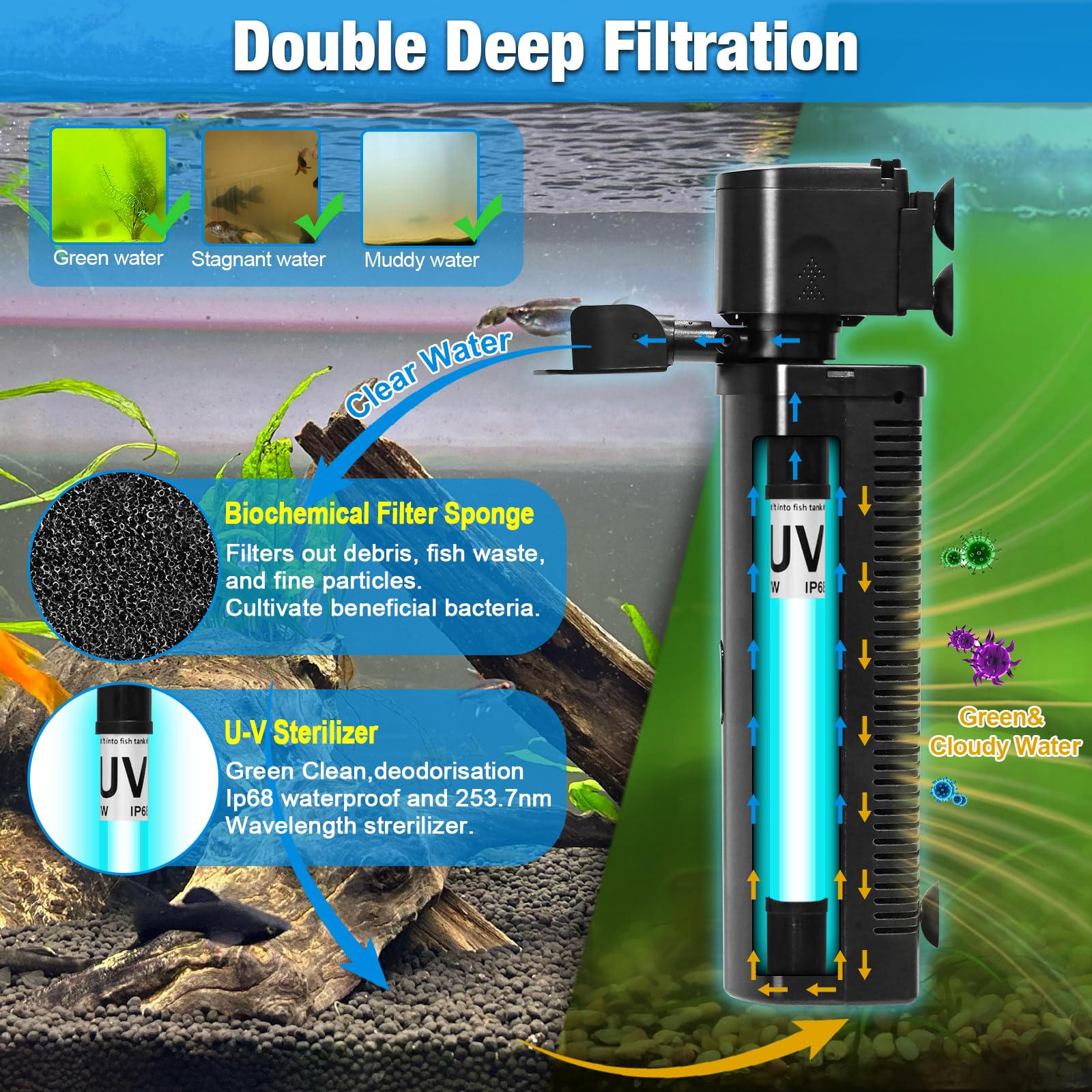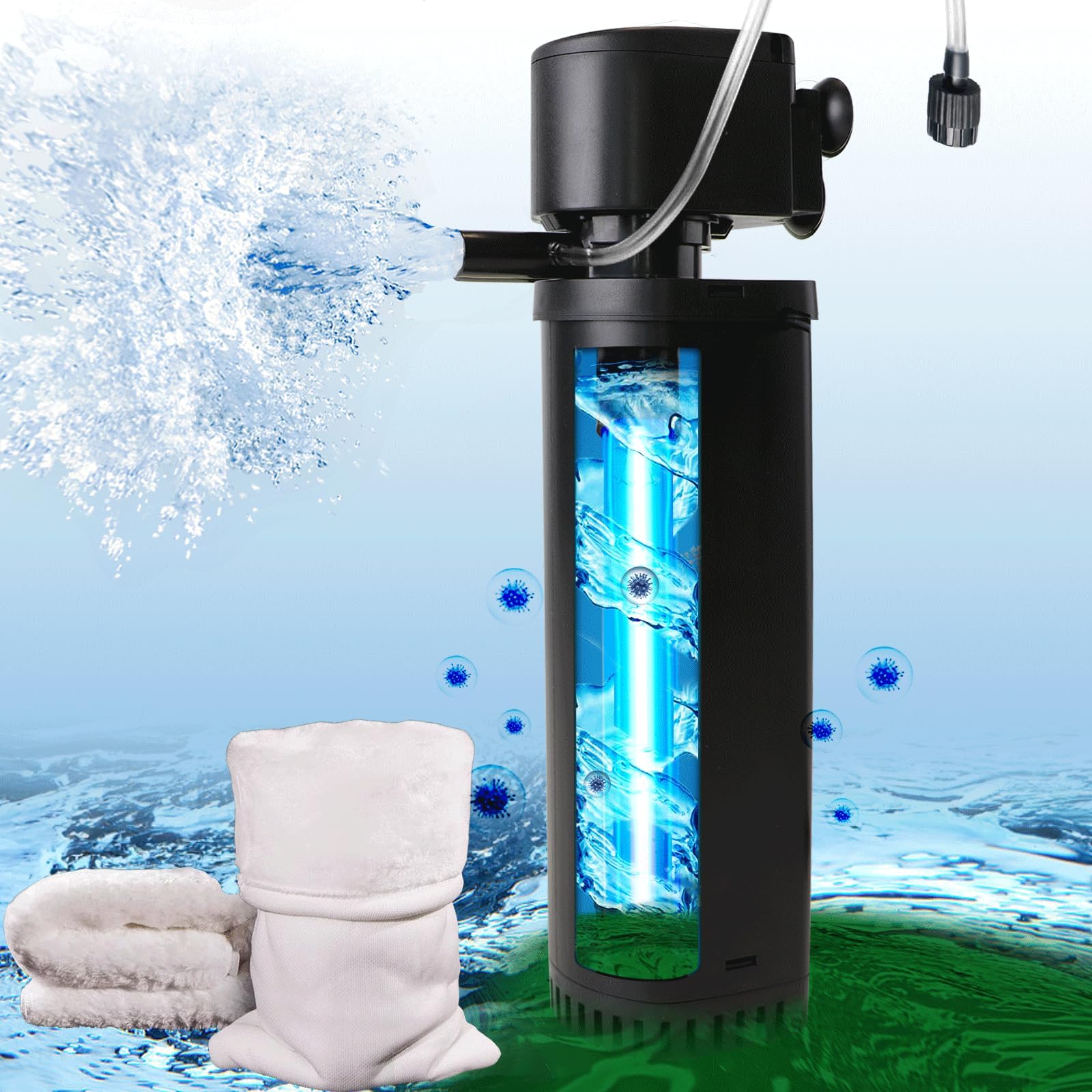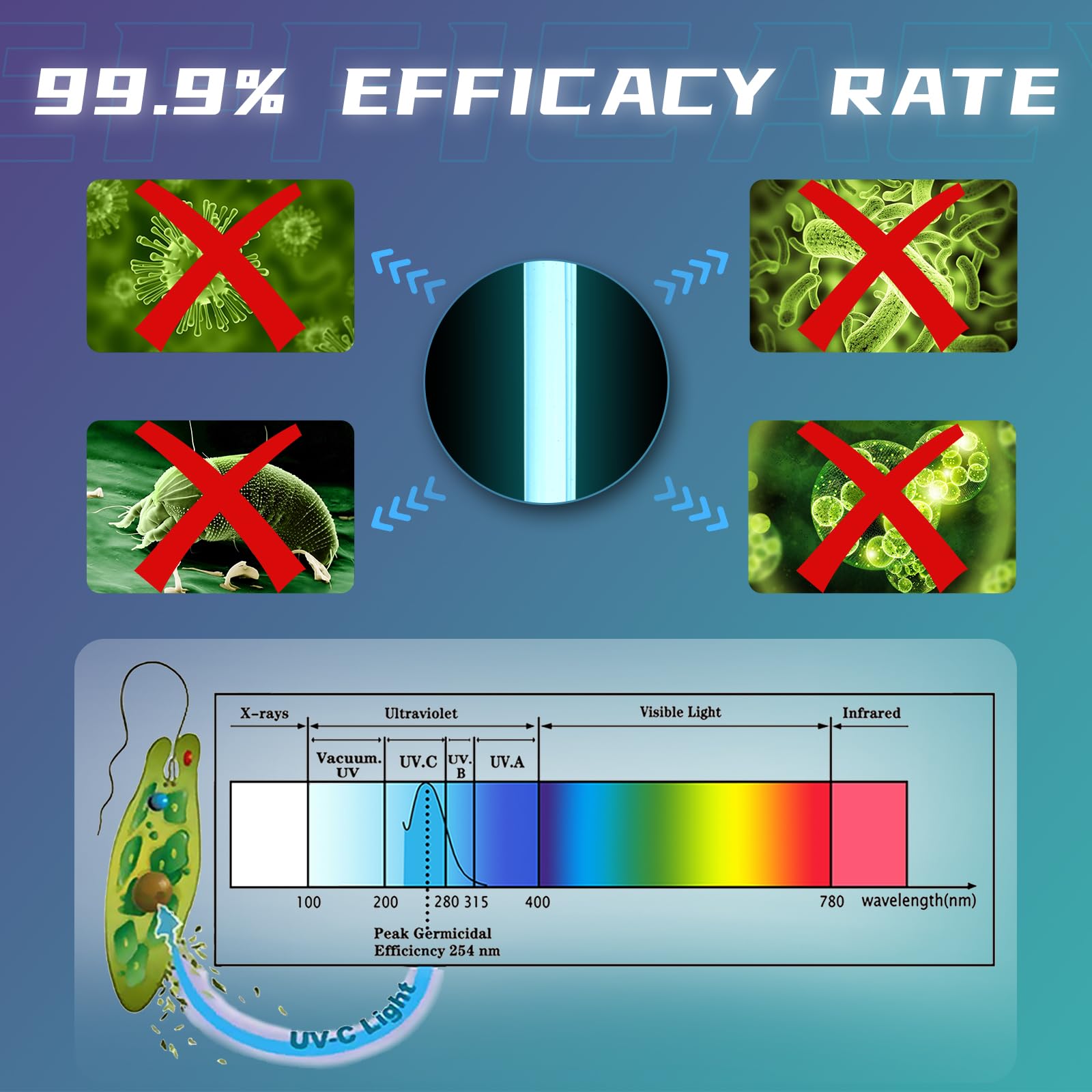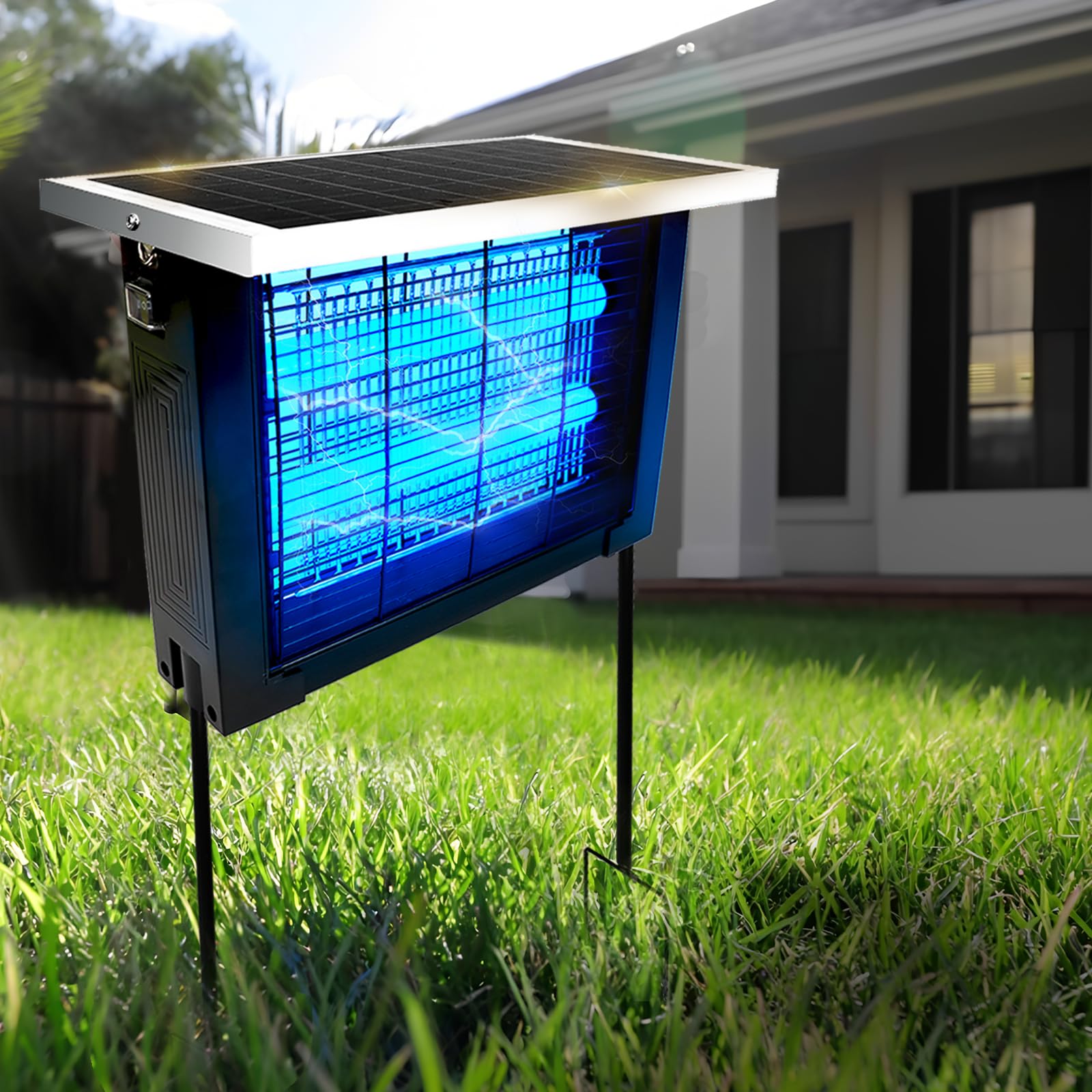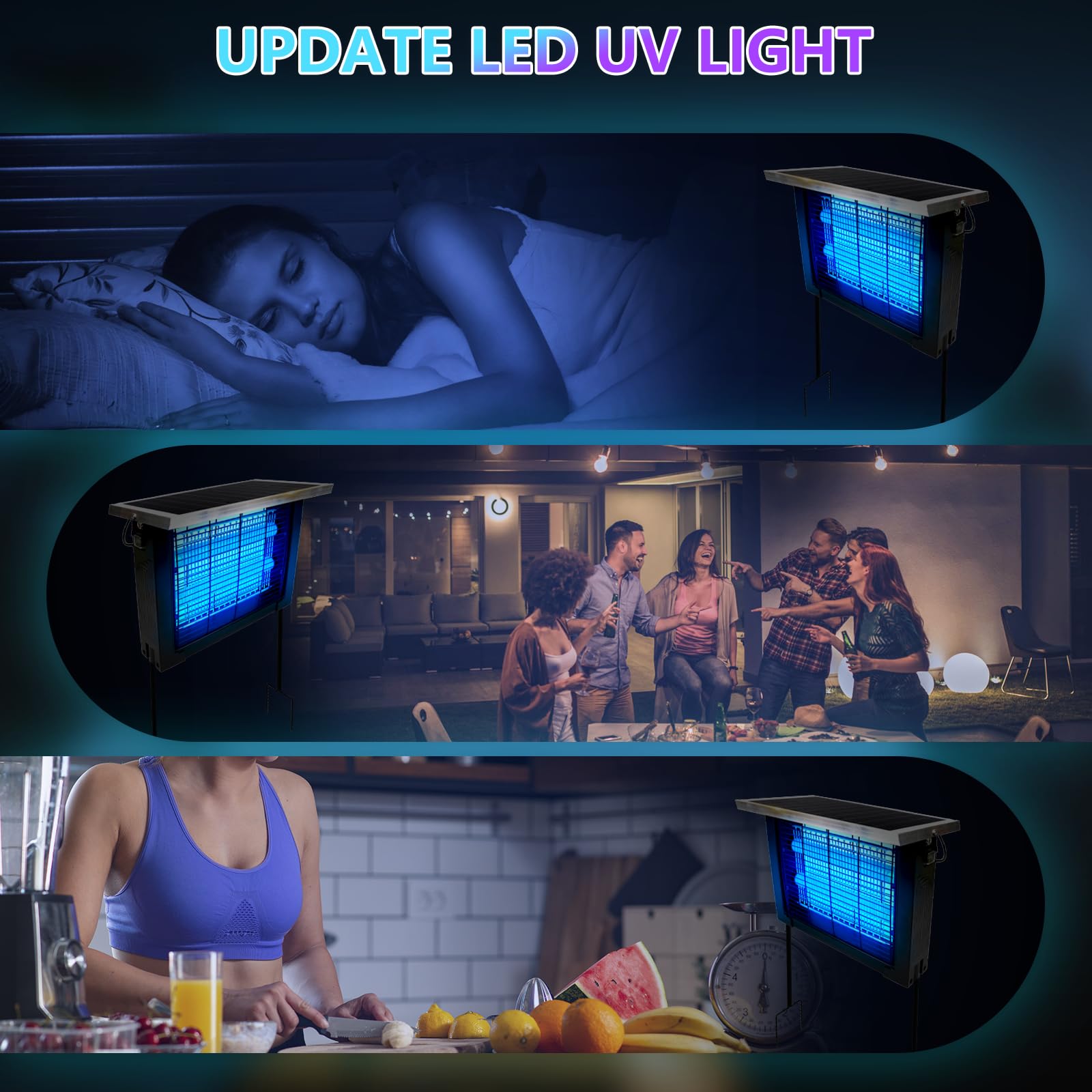1. Diagnostic Breakthroughs
1.1 Non-Invasive Glucose Monitoring
-
Technology: Mid-IR (2.5–10 μm) spectroscopy detects glucose-induced molecular vibrations in interstitial fluid (e.g., Dexcom G7’s FDA-approved patches).
-
Advantage: Eliminates finger-prick tests for diabetics; 93% accuracy in trials (Mayo Clinic, 2024).
1.2 Cancer Detection
-
Thermography: Tumors exhibit abnormal heat signatures due to angiogenesis. IR cameras (8–14 μm) screen for breast cancer with 85% sensitivity (Journal of Oncology, 2023).
-
IR Spectroscopy: Identifies cancerous tissue biomarkers during biopsies (e.g., OxyVu-2 system).
1.3 Vascular & Neurological Assessments
-
Near-IR (NIR) Imaging: 650–950 nm wavelengths map cerebral oxygenation in stroke patients (used in NIH’s PORTAL study).
2. Therapeutic Applications
2.1 Pain Management & Rehabilitation
-
Low-Level Laser Therapy (LLLT): 810 nm diodes reduce inflammation in arthritis (FDA-cleared devices like BioLight).
-
IR Saunas: 3–20 μm far-IR wavelengths alleviate chronic pain by enhancing circulation (Harvard Health, 2025).
2.2 Wound Healing
-
Photobiomodulation: NIR (630–1000 nm) accelerates tissue repair by stimulating mitochondrial ATP production (VA hospitals report 40% faster healing).
3. Surgical & Procedural Innovations
3.1 IR-Guided Surgeries
-
Da Vinci SP System: Integrates NIR fluorescence to highlight tumors (e.g., prostatectomies with 30% reduced nerve damage).
-
Laser Ablation: 980 nm lasers vaporize tumors without open incisions (used in 50+ US liver cancer centers).
3.2 Dental Applications
-
Caries Detection: DIAGNOcam uses IR transillumination to spot cavities 2–3 years earlier than X-rays.
4. Emerging Frontiers
-
Neuroprosthetics: IR stimulates neurons optogenetically (Caltech’s 2025 rodent trials show restored mobility post-spinal injury).
-
Telemedicine: Portable IR thermometers enable remote fever monitoring (WHO’s pandemic response networks).
5. Challenges & Ethical Considerations
-
Cost Barriers: IR imaging systems ($50K–$200K) limit rural hospital access.
-
Data Privacy: Thermal scans could inadvertently reveal emotional states (e.g., stress during consultations).
Conclusion
From diabetic care to brain surgery, infrared technology is dismantling traditional medical boundaries. As miniaturization and AI integration progress, IR’s role in predictive diagnostics and personalized therapy will expand—potentially making "invisible medicine" the cornerstone of 21st-century healthcare.

